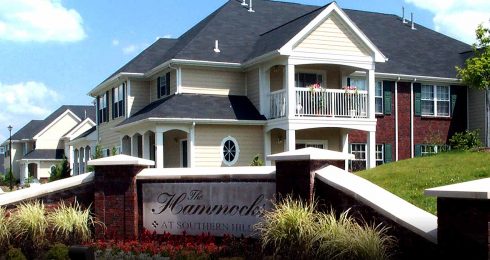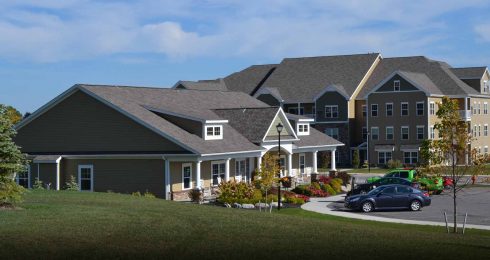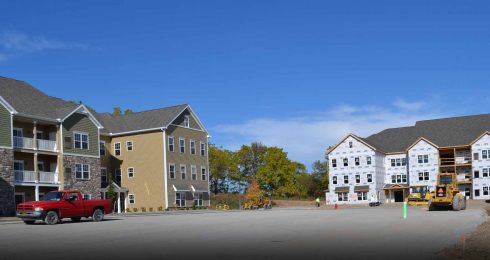Residential

Client:
The Hammocks
Category:
Project:
Providing the full range of professional services as part of a well-respected developer’s design team in one’s hometown to create a highly successful multi-unit residential project is one thing. Essentially replicating that project in a series of other communities, however, is quite another, and it challenged BME’s resourcefulness in relationship building and our ability to quickly establish rapport to achieve similar success in each location.
The first project developed was The Hammocks at Southern Hills in Perinton, NY, the Rochester area home of BME and developer David Riedman. This 24-acre, residential community includes 184 apartments, 36 townhomes and a community clubhouse. It was to serve as an ideal lifestyle-living model for five Riedman Development Corporation “Hammocks” projects within western New York and Pennsylvania.




